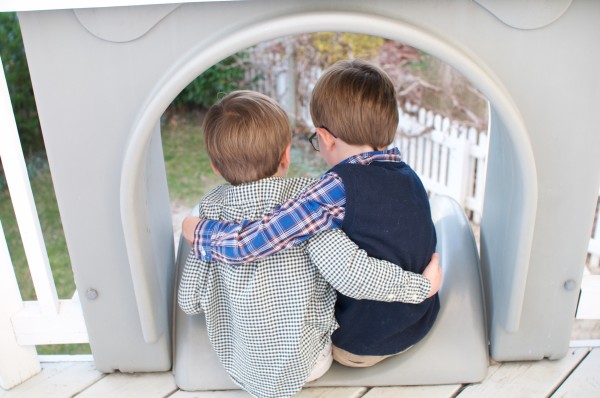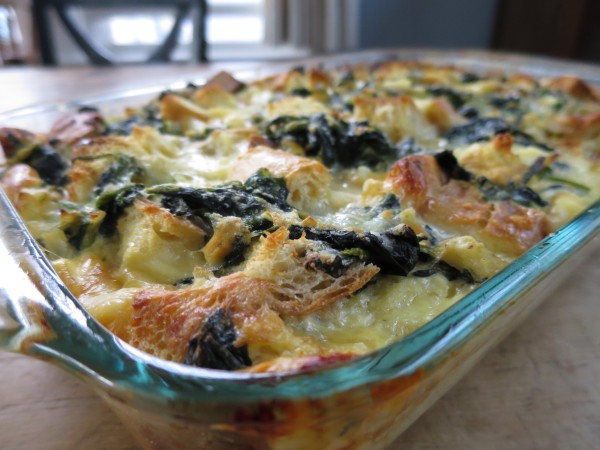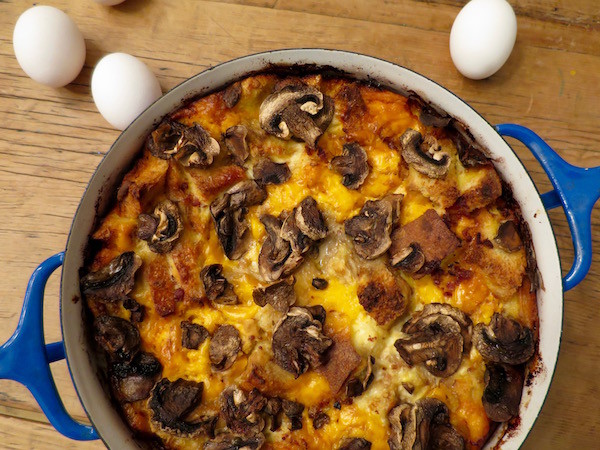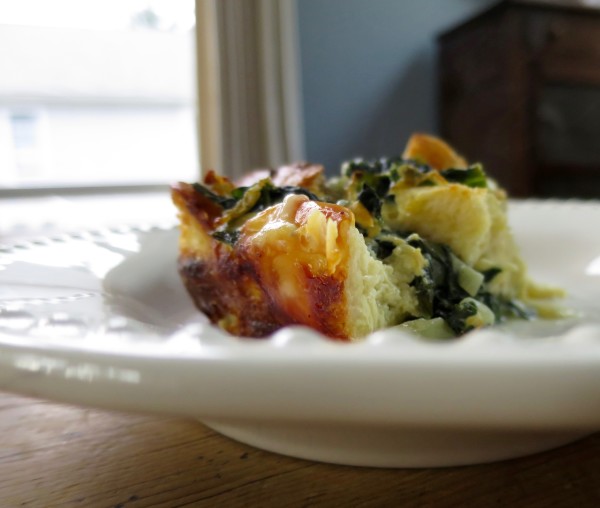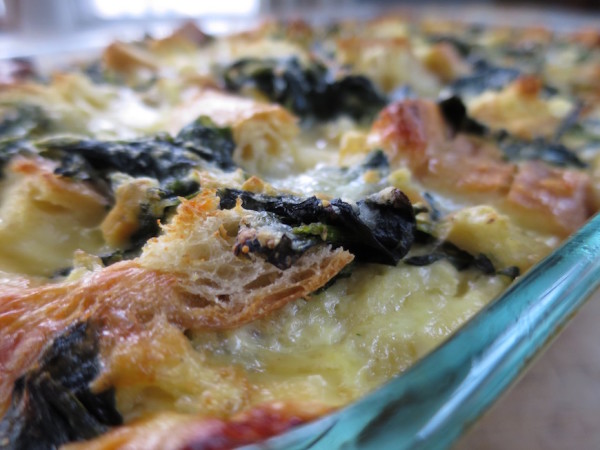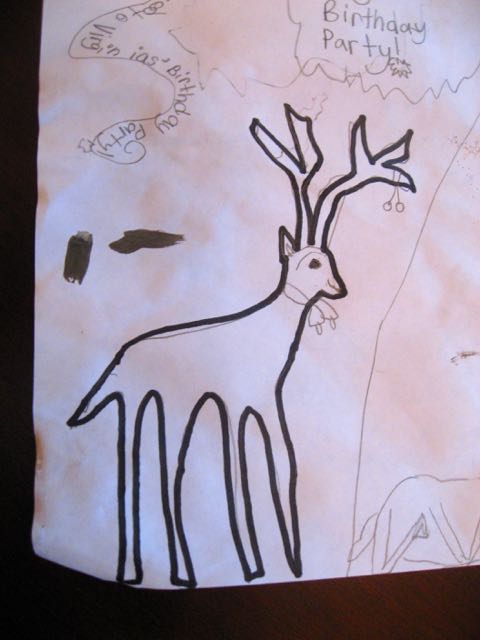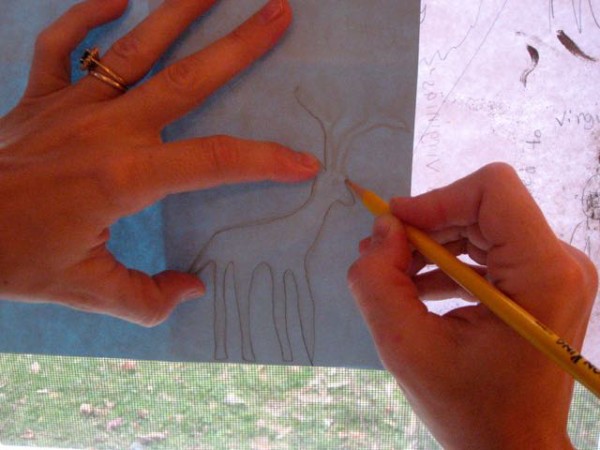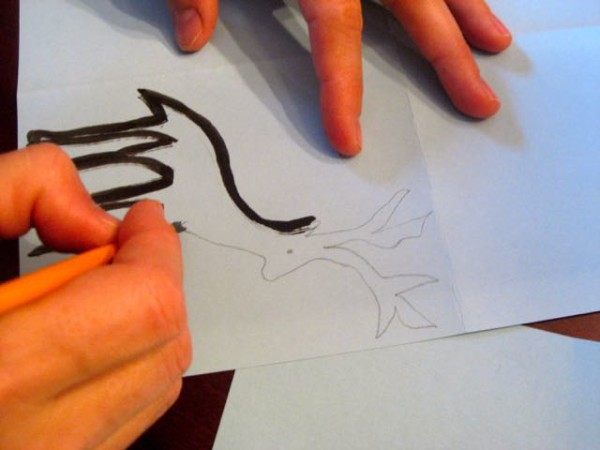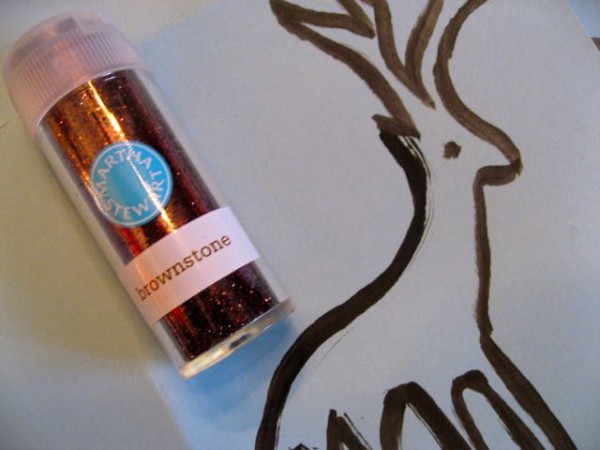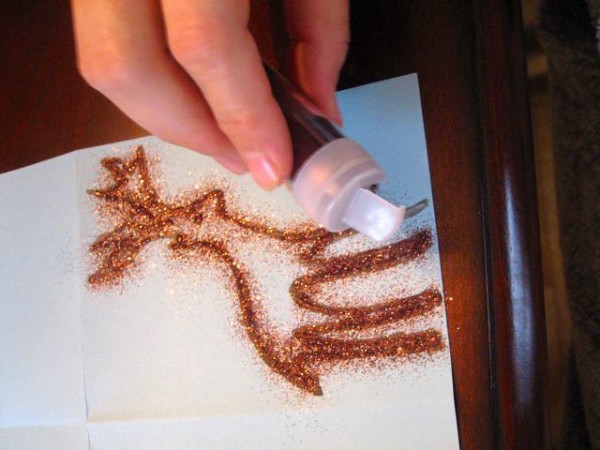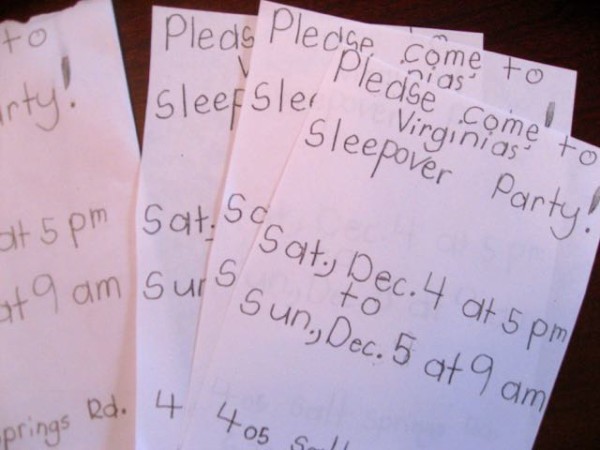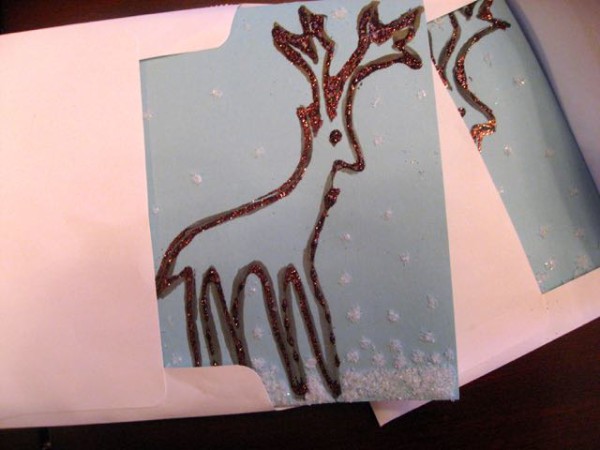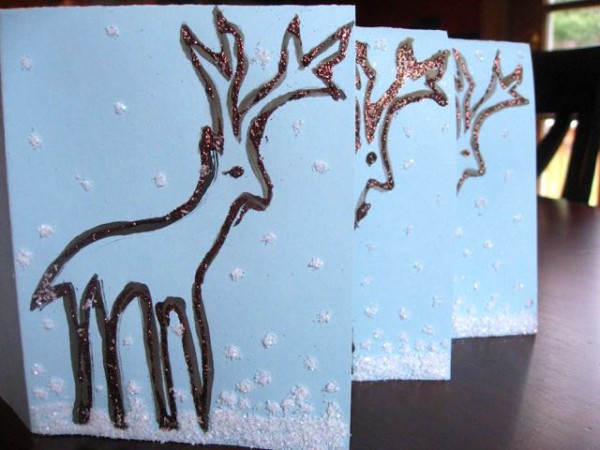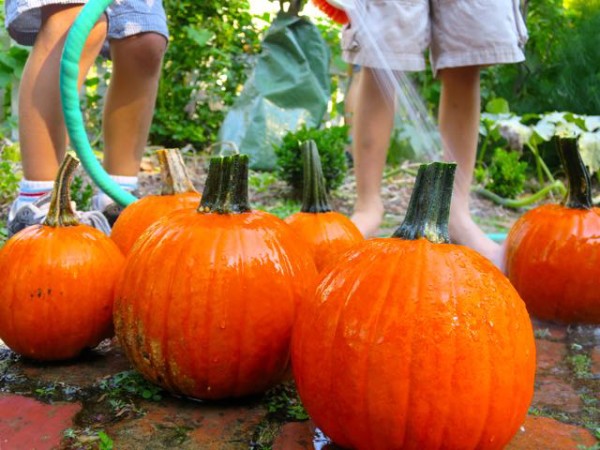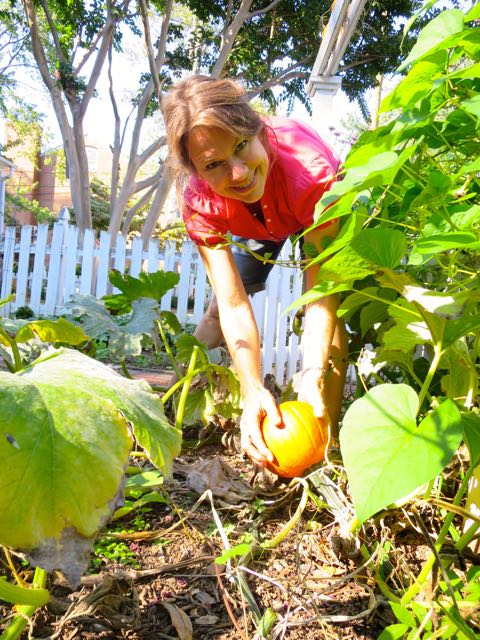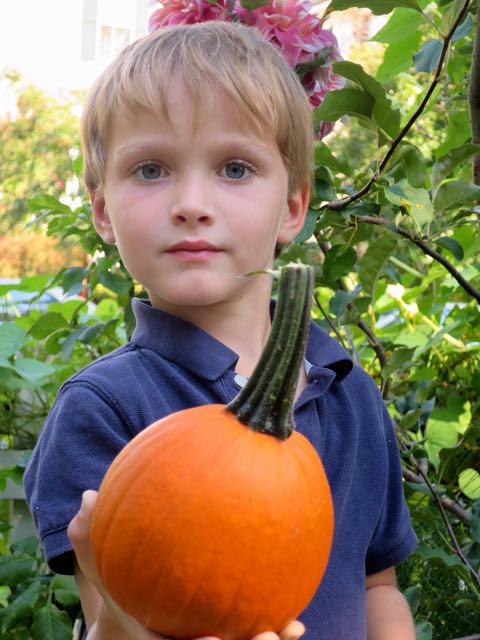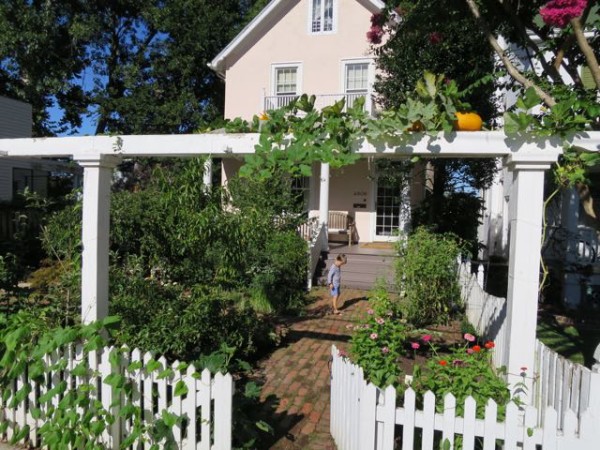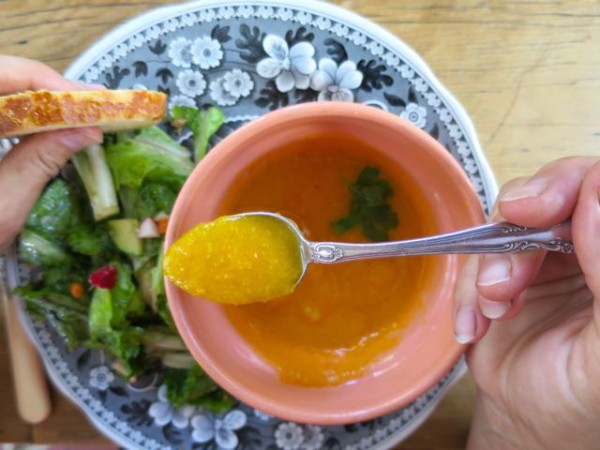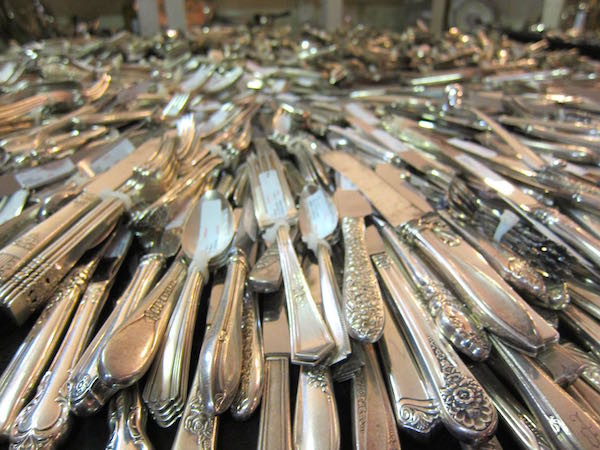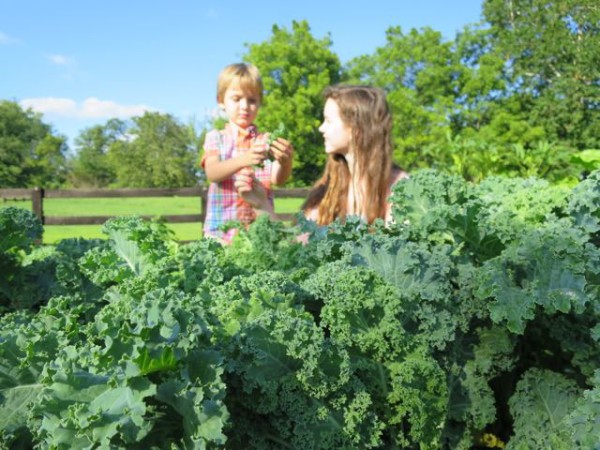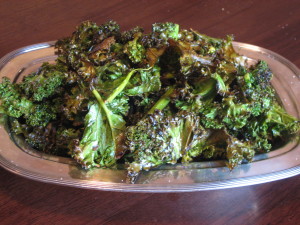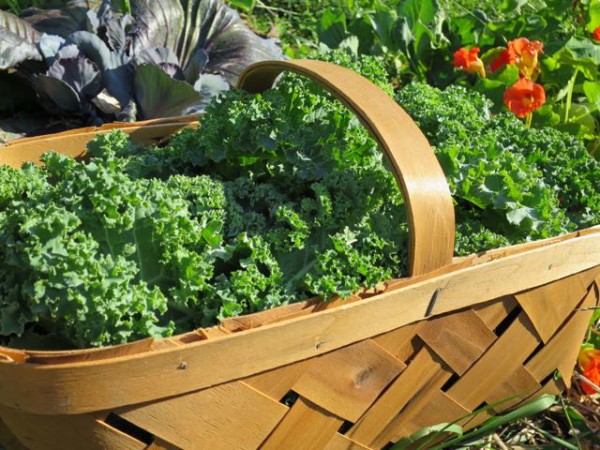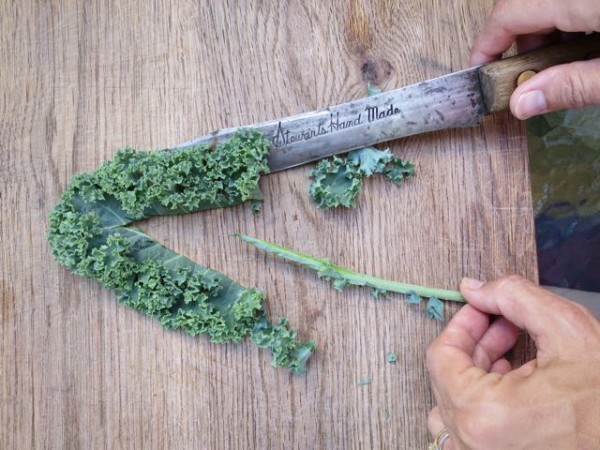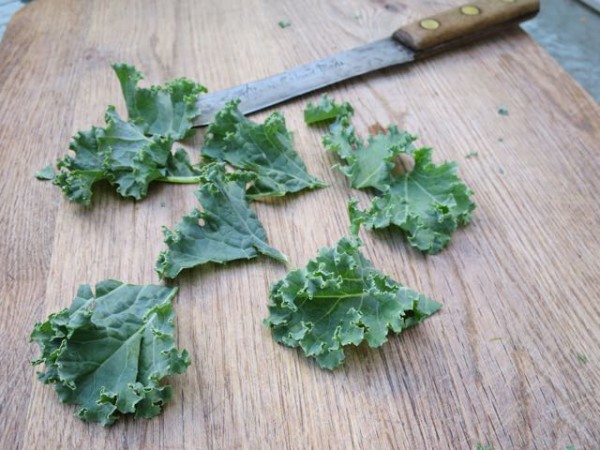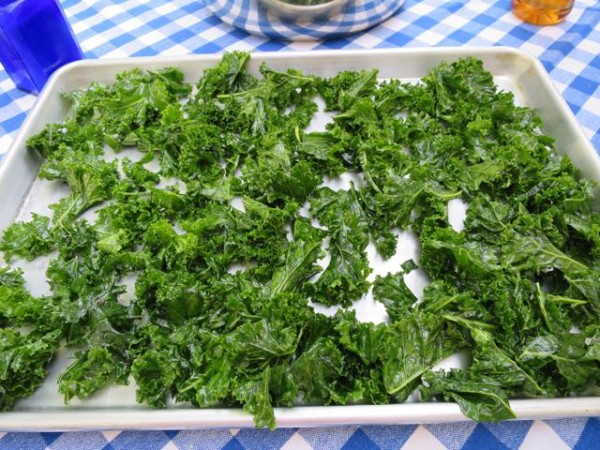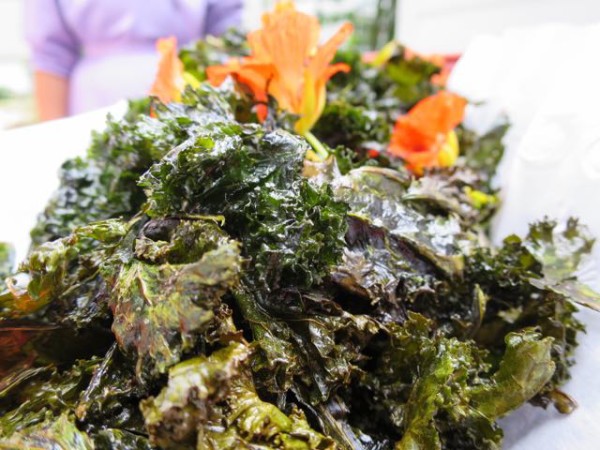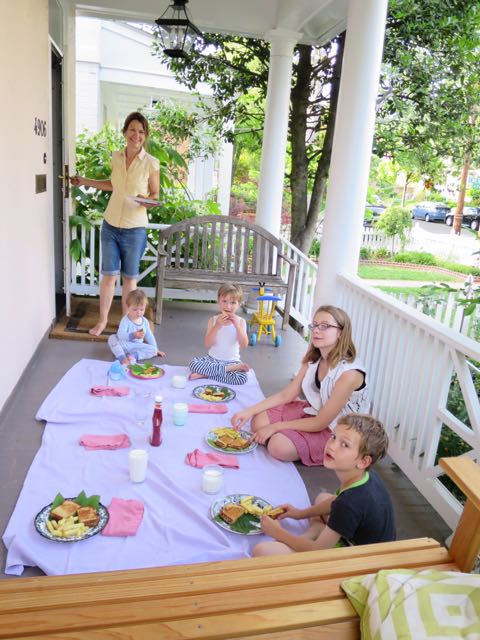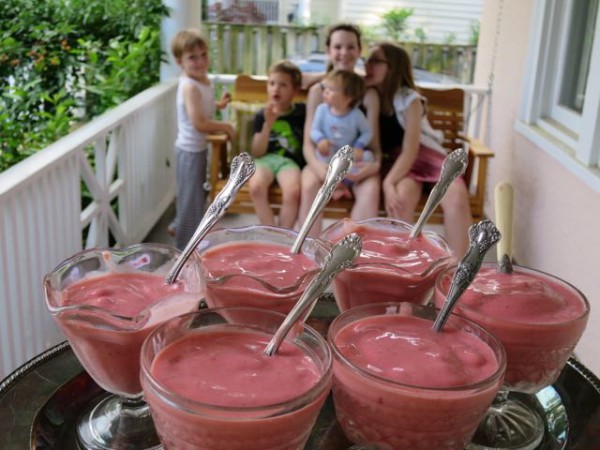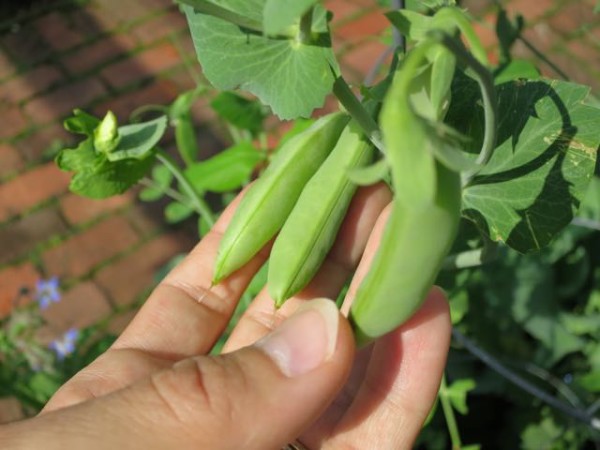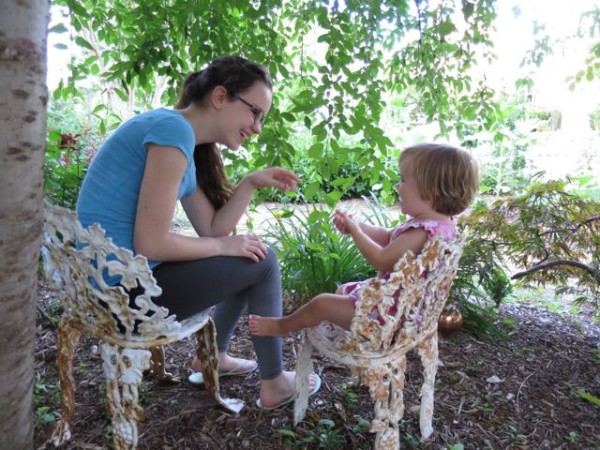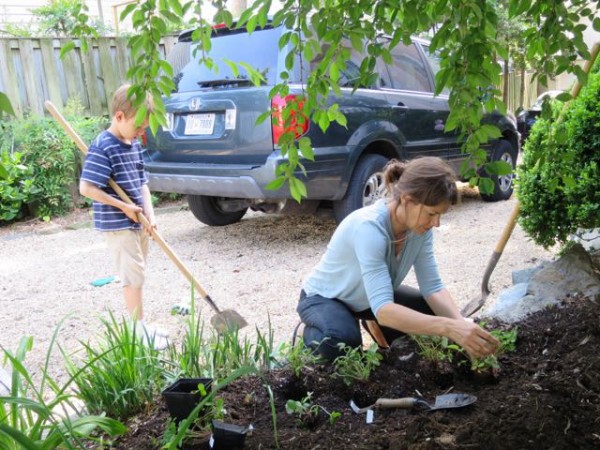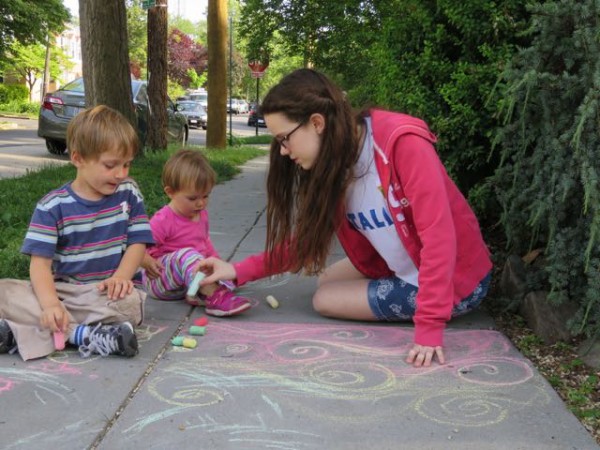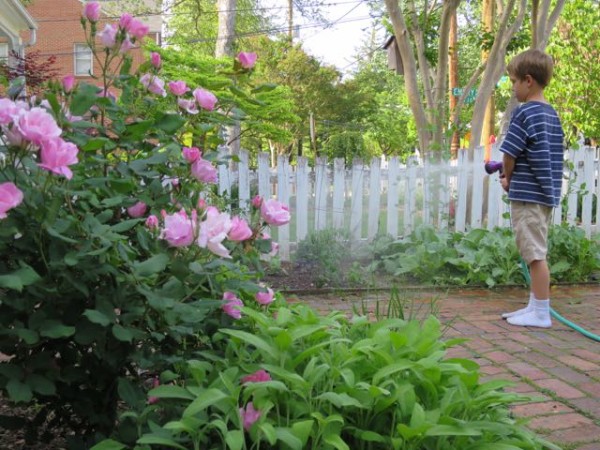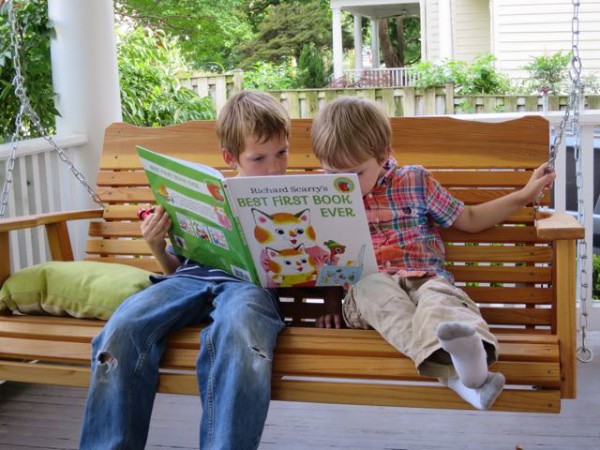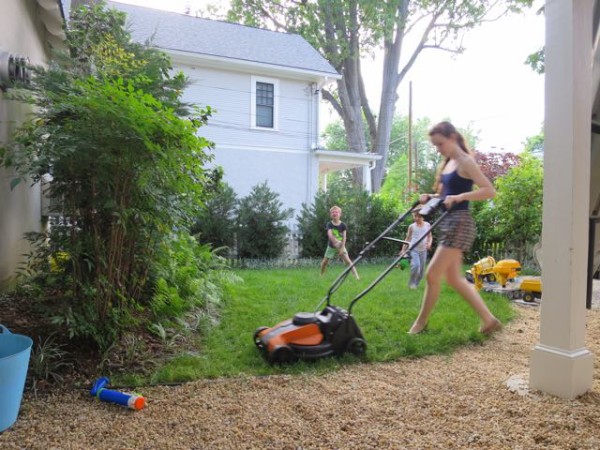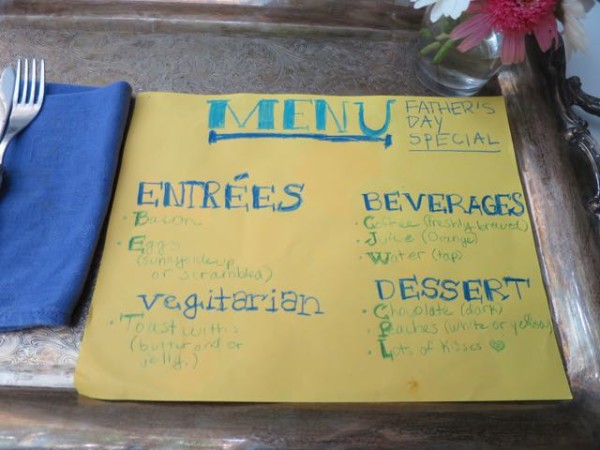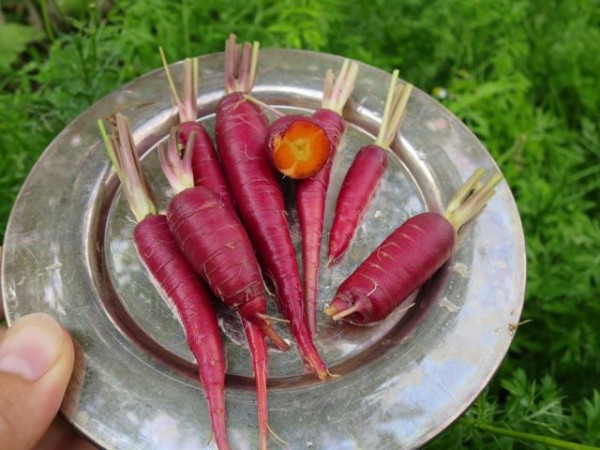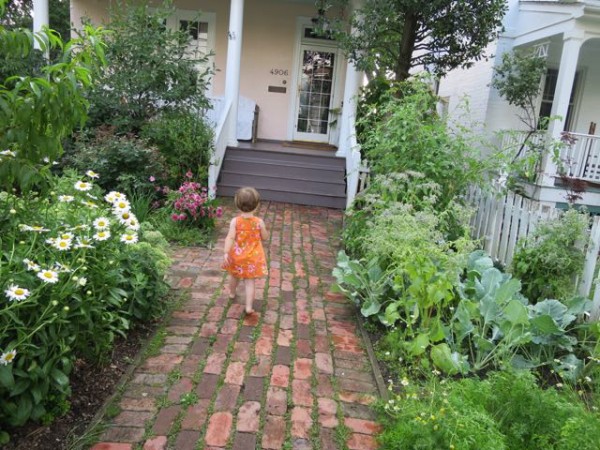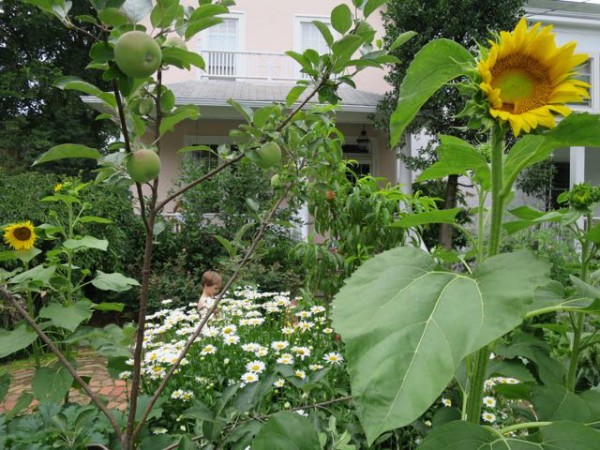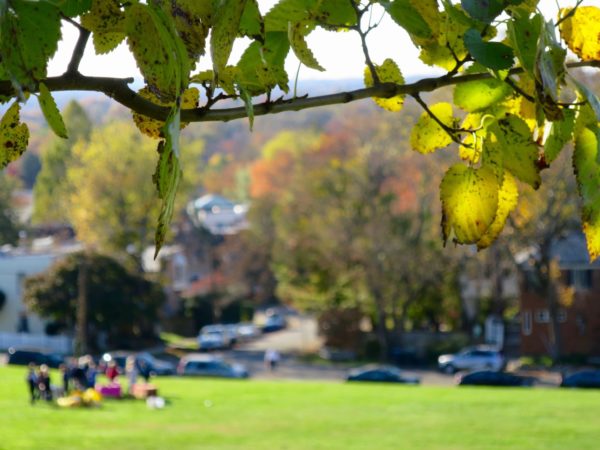
Ever since I stepped back from the intensity of blogging, I’ve been devoting more time to community: my family, the schools, friends and mothers’ groups, and our neighborhood. I keep thinking I’m going to get back to blogging, but I find myself pulling away from the computer and venturing into the world.
For someone who concentrates energy on the house and family, looking toward the neighborhood felt like drawing the circle a little wider. Ideally a neighborhood should feel like an extension of home, with a similar sense of safety and warmth. Neighbors are who you count on when a storm knocks out your heat, a child needs to be picked up early, or you’re out of eggs. Neighbors can be the support network that was once provided by large, extended families.
And yet, we don’t always know our neighbors. We Americans love our privacy and our space. We put so much energy into our nuclear families and our careers, our online groups and our Facebook friends, that we forget to think of the helpful community that a neighborhood can provide. To make matters more difficult, we don’t naturally run into all of our neighbors — partly because American towns tend to be arranged in grids, instead of around squares or town centers.
When we moved to Washington, D.C., five years ago, I didn’t expect to find an old-fashioned community. When our moving truck arrived here on a sweltering June day in 2011, a smiling woman came out from her flower-filled porch bearing toys for our kids. We were invited to block parties, where neighbors gave us phone lists and maps of residents, alley grill-outs, Christmas potlucks, progressive dinners, and egg hunts in the park.
Science backs up what many instinctually know: deepening relationships and joining communities makes us happier and healthier. Yet we often think the opposite: that doing better in life will break us free from those ties so that we can have more space, more privacy, more independence.
Living on a tight budget for the first ten years of our family life helped me discover a more cooperative existence. I realized over and over that working together might be a little bit harder sometimes, but it’s infinitely more satisfying.
However as I spent more time on the simple living concept of Frugal Mama and the opportunities it led to, I had less and less time to participate in communities. As I wrote about, one of the ironies of the blog’s success was that it not only consumed time that I had once spent on saving money, but also on the relationships which I felt were what mattered most.
Three years ago, I dismantled the business side of the blog so I could take care of first things first: my children and husband, the household, and the organizations where we live that supported us.
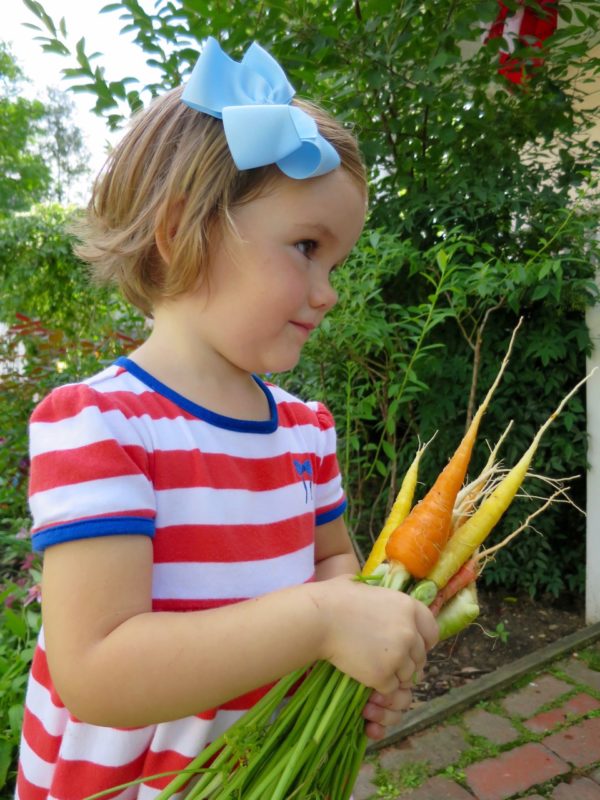
Once Diana had grown from a baby to a toddler and I could turn outward again, I began to think about our neighborhood. It was so great: what could I do to help? Some of the ideas I had were creating a communication loop, organizing regular social events, highlighting our history by connecting with older residents, and finding ways to welcome new neighbors and help those in need.
Our neighborhood didn’t have set boundaries or a name, so a group of neighbors and I mapped out an area of 113 houses spanning three blocks between a main thoroughfare and a park. Drawing the line can be tough, but it seemed essential to creating a feeling of safety and fostering a sense of belonging. A name for our little area was in order, so we flyered the neighborhood, collected suggestions, and took a vote.
Since then we have created a printed directory, a listserv where people exchange hand-me-downs and handyman numbers, and a calendar of regular gatherings. This summer, for example, we started a series of casual parties called Front Porch Fridays, where we all bring drinks and hang out on neighborhood porches.
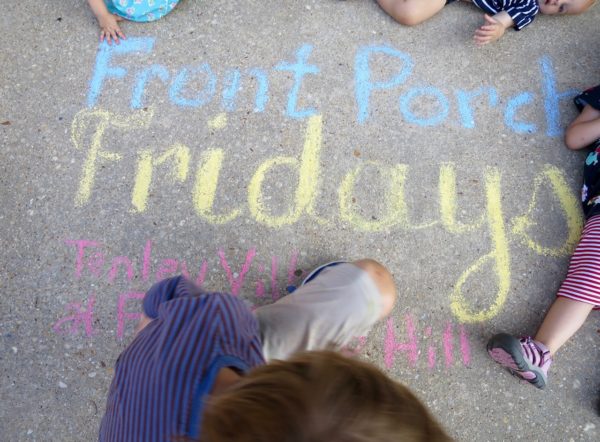
The magic of the Web is that it connects us to far-flung people who we’d normally never meet. We can find people with the same specific interests and connect instantly.
Now I’m fascinated with the magic of physical closeness. Proximity has a different power: the power to bring people together face-to-face.
Like family, neighbors can’t be chosen. Every neighborhood has a crazy uncle and those cousins you only see at family reunions. There are grandparents and babies, teens and twenty-somethings — neighborhoods are not age-segregated. And if there is a sense of community and shared interest, you belong to each other. And with that sense of belonging comes a desire to get involved, to be less shy about asking for help, and a kind of responsibility to watch out for each other.
I remember how easy it was to make friends in college. If you lived on campus, you spent all your time with your dormmates, sharing everything from rooms to meals to classes and entire weekends of free time.
But now we have jobs and families and we live in separate houses with yards and cars. Many of us are separated from our families of origin — or any relative at all — by thousands of miles. Even friends who live in the same city can find it exasperatingly difficult to get together.
That’s why there is something precious about the people who live next to us and behind us. Without the barriers of distance and travel time, neighborhoods are natural places to find friends, playdates, mentors, babysitters, helpers. The inter-generational nature of neighborhoods means that many of those connections will be people in different stages of life. And there can be great comfort in knowing someone who has been through the same struggles you have.
While taking a break from the blog this past year, I found myself able to say yes to getting involved in other groups: helping middle-school parents produce the big spring musical, organizing a retreat for my mothers’ group, and working on bringing more harmony and cooperation to our family unit.
All the while, I kept thinking I would get back to writing here. Finally I had to come to terms with the fact that I couldn’t keep up Frugal Mama and take on all the other projects I was excited about. Most of us will experience different callings in life, and even though it’s bittersweet, sometimes you have to walk away from one in order to walk toward another.

Frugal Mama has been a source of creativity and connection for me for almost seven years, so realizing that it is winding down has been hard. Even though the website and past content will stay live, I won’t be writing regular blog posts anymore, and I’ll miss that.
It’s been so wonderful to have you in my life, and I hope this is not a good-bye, but a ‘see you later.’ I know I will return to writing, and I hope that you will come visit me wherever that new place will be.
Until then, I will imagine you out there fighting the good fight, looking for the silver lining in saving money, and keeping life simple so you have time for what really matters. I’m with you.

Photos: first and last by Sofia Suardi, others by author








